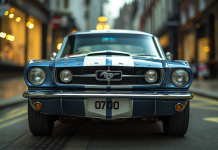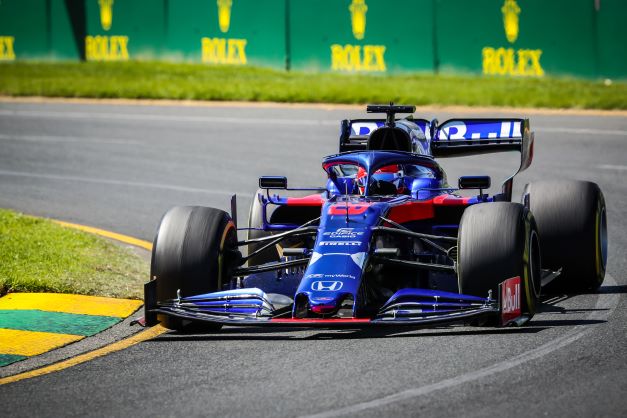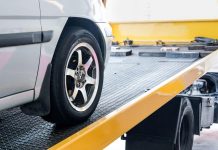Thrilling, electrifying entertainment: that’s what Formula 1 is to many. Even just watching on the TV is enough to feel the air move as the cars fly past, hear the screech of tyres and drink in the smell of burning rubber.
If you’ve been watching Lewis Hamilton and Max Verstappen and imagining yourself behind the wheel instead, it can be more than a pipe dream; you can make it a reality. As with any sport, it takes time and dedication but, if you want to get into F1 driving, read on for some top tips.
Starting out
Ask most modern Formula 1 drivers where they found their love of motorsport and they’ll tell you it all began with karting. This is the most common starting point and, on average, around five-to-seven years of competitive karting experience is needed to form your Formula 1 foundations. That’s how the likes of Michael Schumacher, Lewis Hamilton and Ayrton Senna all started.
From karting championships, drivers make their way through the ranks, moving to junior single-seaters such as Formula 3 and Formula 2. While this is the traditional route, it’s also true that there are some who bag an F1 spot through financial backing.
As well as karting skill, it’s important that you’re fit and healthy. What you’re eyeing up is a high-endurance sport so, to make it to the top, you need to be able to withstand the physical strain. Drivers face full-on G-forces and major physical exhaustion so keeping on top of your health and fitness is key.
Do you have what it takes?
As well as building up your driving experience and fitness, you’ll also need talent. F1 racers are the best drivers in the world so, if you’ve got your sights set on that podium, you need to have the skill to go with that ambition.
That’s why drivers work their way up the ranks from karting through the junior seaters. It flags up the truly talented and shines a spotlight on those who could go far.
Consider the cost
However talented you are, you might fall at the financial hurdle. Motorsport at all levels is costly. Even starting out in karting will set you back a fair wedge of cash.
By the time that you reach F1, you’re not likely to be paid by your team to race unless you’re top of the grid. Those at the bottom of the F1 rankings tend to rely on sponsorship deals, which aren’t easy to find and maintain. However, those who have the financial backing from a reliable sponsor can go all the way to the top without worrying about funding.
One particular cost you’ll need to consider, even long before you reach Formula 1, is insurance. Once you take the step and begin driving expensive cars at high speeds, motorsports insurance is a must, to protect both you and the car.
Get a Super Licence
To hit the heady heights of Formula 1, you’ll also need a Super Licence. This is the pass that allows drivers to do what they do.
To get this licence, drivers score points in junior categories. You’ll need to make sure that you’re entering the categories that qualify for these points as not all series count towards your Super Licence. A total of 40 Super Licence points over three seasons in any qualifying championships are needed here.
There are some further key requirements. As well as having the right number of points, you need to be over 18 with a valid driving licence in your country, an International Grade A licence holder, and you’ll need to have passed an FIA theory test on Formula 1 sporting regulations. You must have also completed 80% of two seasons in qualified single-seater championships.
Are you ready to take on the world of Formula 1? What stage are you at?









































